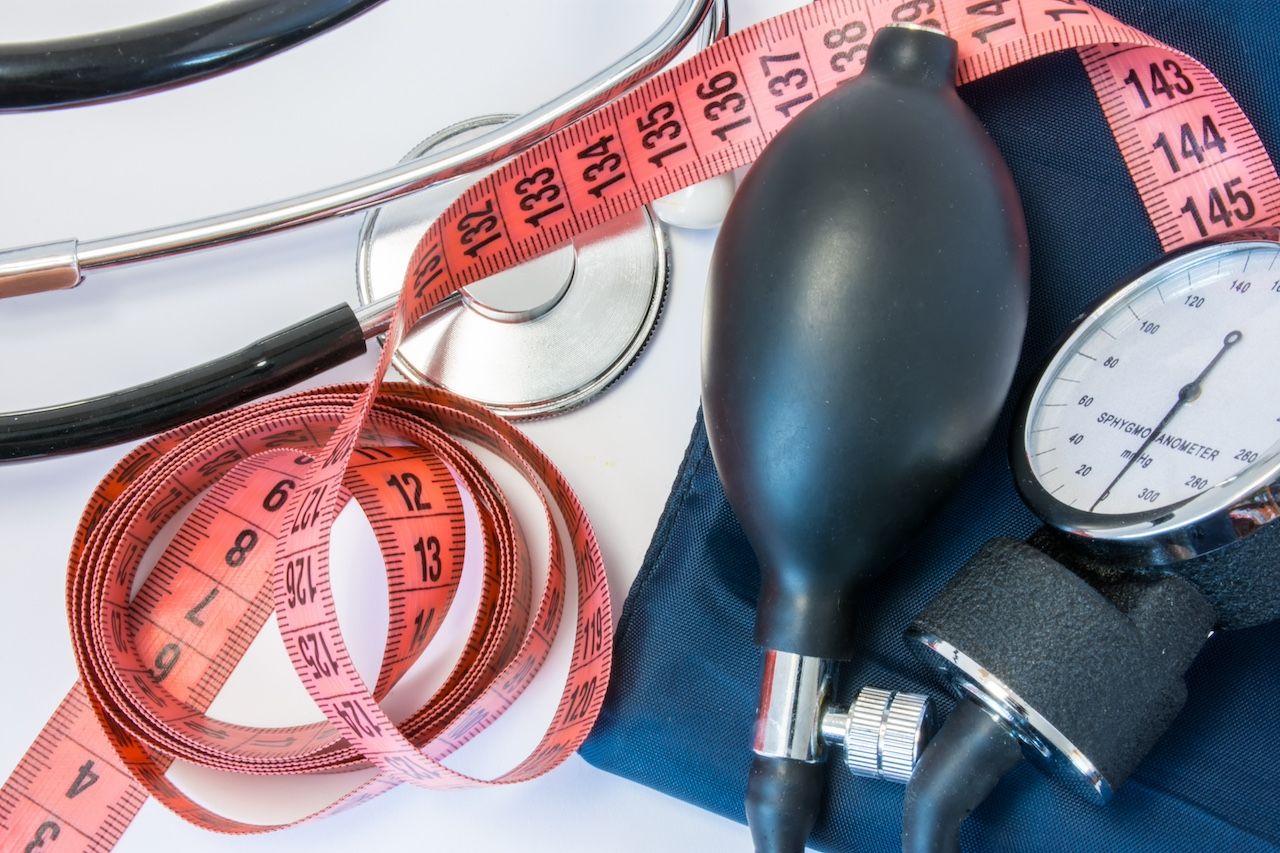- Center on Health Equity & Access
- Clinical
- Health Care Cost
- Health Care Delivery
- Insurance
- Policy
- Technology
- Value-Based Care
Body Size, Metabolism Impact Psoriasis Severity and Biologic Response
Higher body size and metabolic factors are linked to worse psoriasis and lower biologic treatment success.
Body size and metabolic factors—including body mass index (BMI), basal metabolic rate (BMR), body surface area (BSA), and weight—significantly influence psoriasis severity and response to treatment, a study has found.1 Patients with higher measurements were less likely to achieve strong improvement with biologic therapies, suggesting a critical role for personalized dosing in clinical management, particularly for fixed-dose biologics like ustekinumab.
This multicenter, prospective study is published in Journal of Translational Medicine.

“Our findings provide important insights into the interplay between body size, metabolic parameters, and psoriasis,” wrote the researchers of the study. “The observation that higher values of BMI, BSA, BMR, and body weight were more common in individuals with higher educational attainment, males, and those reporting smoking or alcohol use may reflect lifestyle- and nutrition-related influences on metabolic status.”
A previous study of over 21,000 patients with psoriasis found that higher BMI, along with smoking, older age, and previous biologic exposure, was associated with a lower likelihood of achieving a 90% reduction in Psoriasis Area and Severity Index (PASI) scores with biologic therapy.2 These findings highlight that body size not only influences treatment response but may also contribute to the ongoing burden of disease, as patients with higher BMI often experience more persistent symptoms and impaired quality of life despite therapy. They also underscore the importance of considering individual clinical characteristics, including body size, when tailoring psoriasis management strategies.
The study included 1955 patients from the Shanghai Psoriasis Effectiveness Evaluation CoHort, with 1663 patients followed longitudinally. The study examined how body size and BMI, BMR, BSA, and body weight relate to psoriasis severity at baseline, measured by PASI scores, and treatment response over time. Additionally, the researchers evaluated these associations at weeks 12 and 20 and conducted stratified analyses by treatment type. Analyses were also performed to assess how well body composition parameters could predict high-level PASI responses, particularly in patients receiving biologic therapies.
The study found that higher BMI, BMR, BSA, and body weight were all significantly associated with more severe psoriasis at baseline. Prospectively, patients with elevated body size and metabolic measures were less likely to achieve PASI 75, 90, or 100 responses and showed smaller reductions in PASI scores at weeks 12 and 20. These associations were particularly pronounced in patients receiving biologic therapies, with body composition showing especially strong predictive value for high-level PASI responses in the ustekinumab subgroup.
However, the researchers acknowledged several limitations on their results, including loss to follow-up, small sample sizes in individual biologic subgroups, and modest predictive power in analyses due to unmeasured factors. Therefore, they noted that larger, biologic-specific studies are needed to confirm these findings.
Despite these limitations, the researchers believe their findings highlight the impact of body size and metabolism on disease severity and treatment efficacy, underscoring the potential need for personalized dosing strategies when administering biologic therapy.
References
1. Xu Y, Peng C, Tang S, et al. Association of BMI, BMR, BSA, and body weight with psoriasis severity and treatment response: evidence from a real-world cohort. J Transl Med. 2025;23(1):1129. doi:10.1186/s12967-025-07130-w
2. Steinzor P. Smoking, age, BMI, previous exposure impact response to biologics for psoriasis. AJMC®. July 24, 2024. Accessed October 20, 2025. https://www.ajmc.com/view/smoking-age-bmi-previous-exposure-impact-biologic-response-in-patients-with-psoriasis
Health Outcomes of Dually Eligible Beneficiaries Under Different Medicare Payment Arrangements
December 1st 2025Within the same physician groups, 2-sided risk in Medicare Advantage (MA) was associated with higher quality and lower utilization for dually eligible beneficiaries compared with fee-for-service MA and traditional Medicare.
Read More
